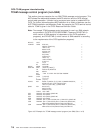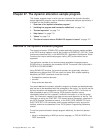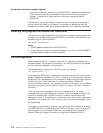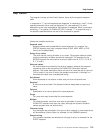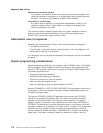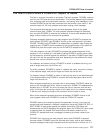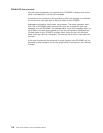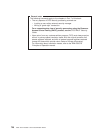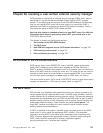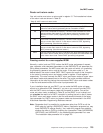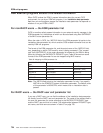returned value corresponds to a keyword value, DFH99KR is called to look up the
value in the description, and issue the message.
Processing of the command is now complete, and the main program is reinitialized
for the next one, and loops back to the point where it calls DFH99GI.
Messages are issued at many places, using macros. The macro expansion ends
with a call to DFH99MP, which ensures that a new line is started for each new
message, and calls DFH99ML, the message editor. Input to the message editor is a
list of tokens, and each one is picked up in turn and converted to displayable text.
For each piece of text, DFH99TX is called, which inserts the text into the output
buffer, starting a new line if necessary. This ensures that a word is never split over
two lines.
At the end of processing the command, the main program calls DFH99MP with no
parameters, which causes it to send the output buffer to the terminal, and initialize it
to empty.
DYNALLOC flow of control
718
CICS TS for OS/390: CICS Customization Guide



